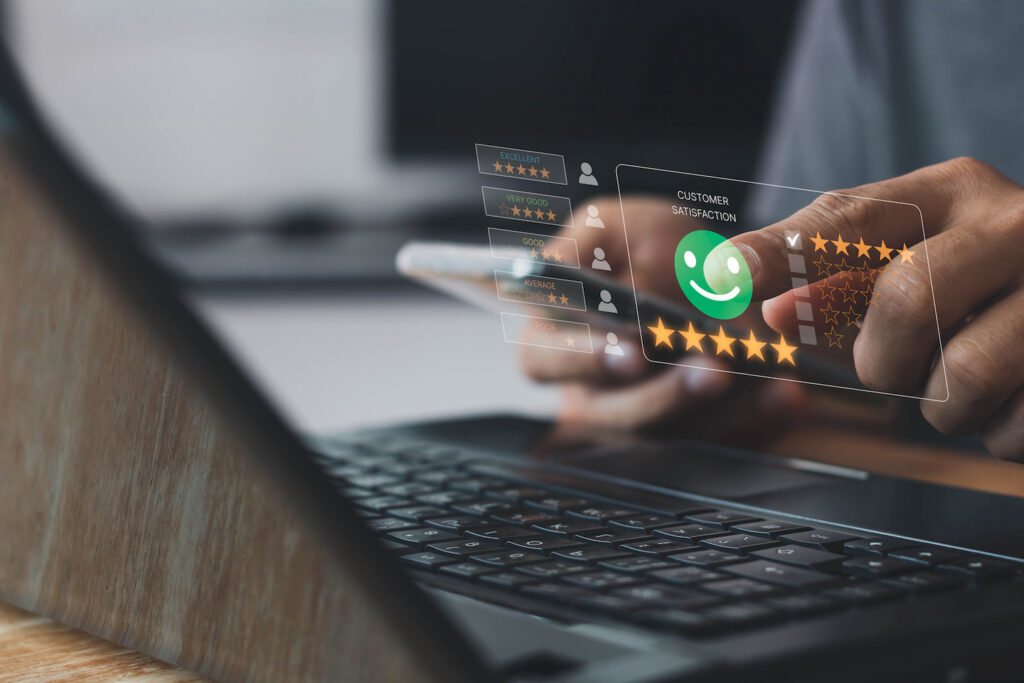Developing patient segmentation and personas is paramount to customizing healthcare product messaging. There is nothing more personal than one’s health and there is a significant emotional response and attachment related to a customer’s healthcare product choices.
The Martec Group recently conducted a study with a hospital system to understand how consumers choose their healthcare and their providers, and the emotions behind these decisions. As an example of how segmentation and personas can work to refine messages and even products and services, we found in our healthcare work that we could initially divide patients into categories such as: Individuals who follow their healthcare provider’s orders or are compliant direction-takers. Others, who we might call self-motivated achievers, will do their own research and immediately act upon what they learn. Finally, there are those who are much more independent thinking and even a bit defiant regarding their healthcare provider’s advice about their care. This group may be called defiant independents.
These three categories are only one way of segmenting. There are many ways you can segment healthcare customers to determine messages that fit their behaviors and their emotional journey throughout the course of their condition. Our goal at Martec is to define these segments as best we can, so we start by asking questions to learn more about who fits into these specific categories. Is this group younger or older? Are they mostly male or female? More importantly: are there any behavioral or personality differences that we can look at to better target them with the right messaging and products?
The end goal for developing a persona is to discover who it is that you’re talking to. You’re not just writing for a blank, anonymous person – you might be writing for a 45–64-year-old woman who has two kids, is more than likely divorced, has a household income lower than $50,000, and has several people in the household that they care for and support. Or, you might be writing for a single, millennial male who rents an apartment that he shares with roommates in an urban area, works multiple freelance jobs, and struggles to pay for health insurance.
That immediately offers some insight into who the target customer is. You’re fleshing out a character, in a sense, and can even give them a name to make it more personal.
There are several proven methods for culling the information to create these segmentations and personas, everything from in-person focus groups to in-depth interviews and surveys. However, there is one research method in particular that presents more upsides.
Bulletin Board Research
Bulletin board research is an online focus group/chat group that is not conducted in real time, but rather over an extended time period. Bulletin boards offer both qualitative and quantitative options for research. An online group can include anywhere from 20-100+ respondents.
Often administrative executives, physicians, ER nurses, biochemists, or even consumers of healthcare products do not have schedules that allow in-person interviewing or focus groups in real time. Bulletin board research offers flexibility for respondents to engage at times that are convenient and, more importantly, productive for them.
Other research methods do not afford the same luxury of time, particularly for those conducting the group. A bulletin board can run for a few days or more than a month and can evolve. If, for example, a three-day session is planned, the moderator can quickly pivot and change the third day based on the findings of the first two days. A standard focus group or a survey does not offer that level of adaptability.
Bulletin boards are operated remotely, which breaks down the barriers of geography. Often, focus groups with healthcare providers are conducted in major metropolitan areas due to the heavy concentration of hospitals and easier access to specialists. But in these cases, the research would be missing suburban and rural feedback and those equally important voices are left out.
Some individuals may not traditionally respond as well to phone interviews or focus groups, especially when it comes to a more personal subject related to healthcare. Those who are more introverted are likely more comfortable with responding to questions online or in the privacy of their home rather than sharing with a group of people.
In the same regard, bulletin board research gives respondents the ability to answer the question in a more relaxed and thorough manner rather than answering right on the spot. Sometimes a respondent will have a lot to say but won’t have the opportunity to expand on their answer in a focus group. Valuable information will surely be lost.
Interaction Is Important
Customers and consumers have become more comfortable interacting online and for many, it is their preferred method of communication. A huge advantage to bulletin boards is that when participants speak to each other they often forget that the moderators are there.
Sometimes multiple participants will talk about some subject matter that the moderator or the client didn’t even know was relevant to the research. Or a group of respondents who are highly technical will start to speak in their own language, which won’t happen as much in a focus group or on the phone.
A moderator might not have time in a focus group to dig deeper into an answer or go off on a related tangent. In a bulletin board, the moderator can have a private side conversation which offers a much more personalized experience for the respondent.
We begin to see segments with a particular condition or disease voluntarily provide tips to the group. They create their own communities on the board with a safe space to share and even bond.
The Potential Downsides of Bulletin Board Research
While no survey method is perfect, bulletin board research offers a limited amount of downsides. For example, if a respondent is not tech savvy, they might be excluded because they don’t have either the access to the technology or the expertise to take part in the research.
In person, a moderator would be able to gauge the intensity of a response through physical cues such as a raised voice or an intense look. A video feature could certainly be added to bulletin boards that could track facial reactions but, again, not every responder has the technology to make that work on their end.
Some participants may become uninterested or distracted. You can always spot that in person and attempt to bring their focus back into the survey group. There’s no way to keep tabs on respondents in the bulletin board, so they might not finish. The moderator is also unable to know exactly if the participant is the same person from beginning to end of the interaction.
Customers or consumers have a better attention span when it comes to healthcare products because their health issues affect them 24/7. Participants are much more willing to talk online because it does offer a level of privacy and anonymity that sitting across the room from someone can’t give. The data received is actually more reliable due to the greater honesty of the responses and thus the personas are more relatable and realistic.
For your next healthcare research project, contact us.




